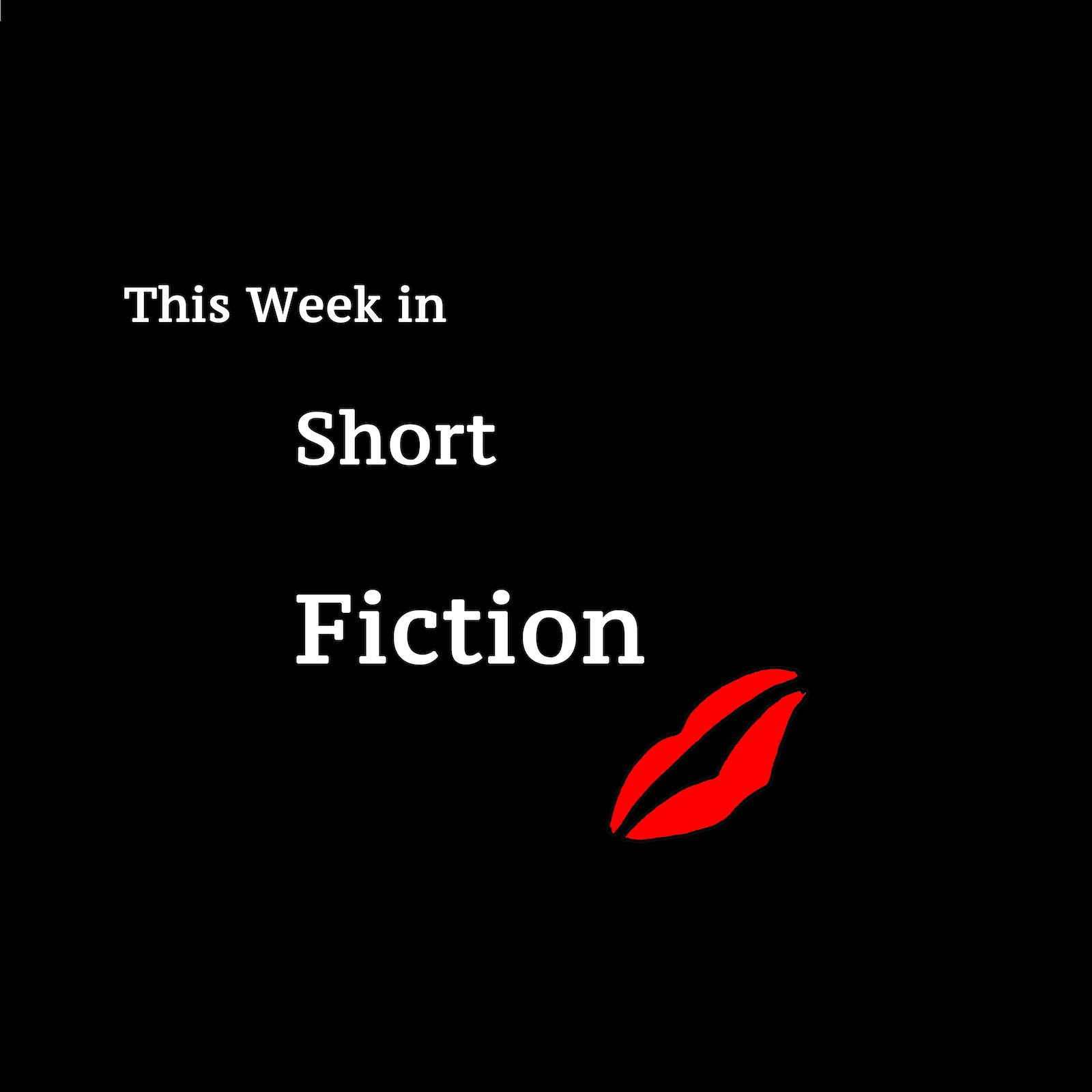In “Stevie Versus the Negative Space” by Bonnie Chau at The Offing this week, a young woman tries to define herself through a familiar and flawed lens: her relationships with men.
In order to see the shape of Stevie, start here, with the shapes of the guys.
Chau leads each of the story’s seven sections with a liminal space, “Space 1: Between sophomore and junior years,” and the protagonist Stevie’s physical—or metaphysical—form, “Body Type: A pale, soft-squeezed clay.” These descriptions give the impression of a substance being passively formed by outside forces, a play dough bearing the fingerprints of passing hands, as Stevie struggles to find her own shape. Chau’s accounts of the shitty men Stevie gets involved with (one provides an anthropological defense of catcalling) and the unfulfilling sex she has (“their sex was not sex. It was Miles having sex with someone inside of her”) will make your hackles rise, or make you sick, depending. She excellently evokes a dual sense of raw vulnerability and steely defiance as Stevie downplays the impact of her sexual liaisons. She refers to the men of her past as “Some Guy #Something” in order to distance them, to paint herself as cool and unaffected, to convince the world, and herself, that they have no importance.
Some Guy #12. Guy or Boy, which one was a more transparent way to relegate, to deem unimportant? Transparency was very important. Be very clearly this type of girl.
“Stevie Versus the Negative Space” tells the story of a woman trying to figure out her identity in a culture that still defines women and girls, in large part, by their relationships to men. A society in which true love and princess fairytales do battle with sexual freedom and emotional independence, and the result is often a confusing in-between space of bad sex and hookups and always wanting more, or wanting less, or wanting to want nothing at all.
Miles taught her that you can have sex on anything. He seemed to enjoy saying this to her, with his cock inside of her. Later on, even with his cock inside of her—whereas at the beginning, she wouldn’t be thinking of anything else, as if his cock, once it penetrated her, expanded, filling up everything, took the shape of the entire inside of her body, spread into the folds of her very brain, in a turgid, turbid, gross way, like the feeling of needing to exhale out your ears—later on, even with his cock inside all of her in this way, all she could think about was, well, you’re not having sex on me. You can’t have sex on me.
As the story progresses and Chau’s section headings become more specific (“Space 7: A diner”), more solid (“Body type: A noun, a verb, an action: shape enough”), Stevie begins to make small strides toward defining herself positively rather than negatively, toward making space for herself in the world. But even as she makes an effort to straighten up and “get something normal, proper going for herself,” there’s a feeling that she’s perhaps still filling a role, conforming to one of the world’s many definitions of what a woman “should” be.
In such a story, Stevie wonders, when does the girl get to turn into something else, instead of the slender-white princess? When does the transformation of the girl into a beast, a predator, something dangerous and fierce, vicious and sharp-edged, get to be not just a turning point, but the storybook ending? When does the girl get to be a great white shark, a crocodile, a wolf, a fox, a grizzly bear, a tiger, forever, not ever wishing to be something less messy? She could do it, she could strike fear, into the soft pulsating hearts of unsuspecting boys and girls, everywhere.
***
Logo art by Max Winter.





